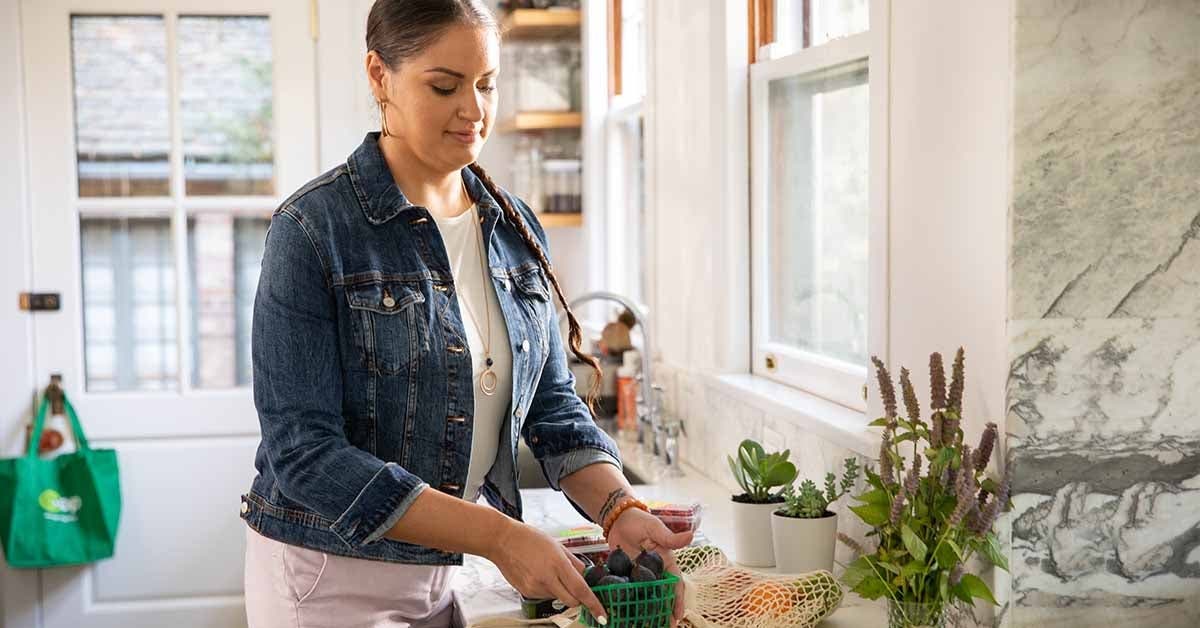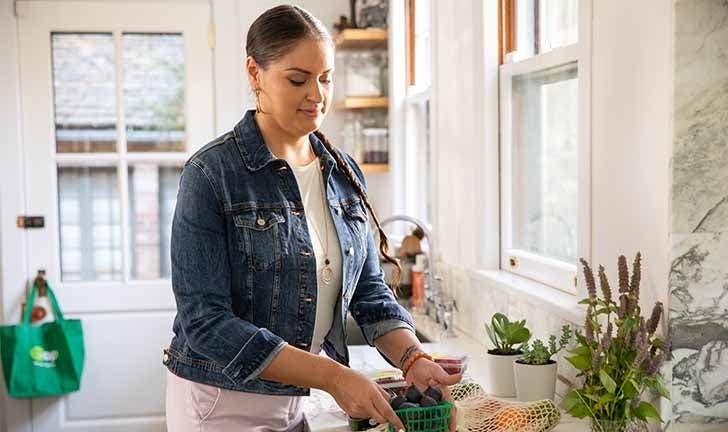Boosting your iron


Ever wondered if you’re getting enough iron in your diet? We asked a couple nutrition experts for their advice on how to make sure you’re consuming enough iron-rich foods.
“Iron is an essential mineral used to make hemoglobin, the oxygen-carrying molecule in red blood cells,” explains Dr. William W. Li, MD – an internationally renowned physician, scientist and author of the New York Times bestseller Eat to Beat Disease: The New Science of How Your Body Can Heal Itself.
Generally, it’s possible to get all your iron if you eat a balanced diet, but there are cases where an iron supplement may be recommended.
“When you eat a balanced diet that contains a mix of plant-based foods and seafood, you’ll be getting your fix of iron,” says Li. “Check with your physician, who can do a blood test for anemia, which could be a sign of iron deficiency. If after eating a balanced diet you still have iron deficiency anemia, it may be time to consider increasing your intake of iron-rich foods or taking an iron supplement.”
Amanda A. Kostro Miller, RD, LDN, who serves on the advisory board for Fitter Living, agrees – you should aim to get all your iron from food sources, but there may be instances where supplemental iron is prescribed.
However, Kostro Miller notes, “Supplemental iron is not meant to be used long term and there can be side effects such as constipation, black stool, and vomiting.”
Sources of iron
So where can you get your daily dose of iron?
Some of Li’s top choices for healthy foods that are good sources of iron include shellfish and fish such as mussels, oysters, and sardines; green vegetables such as spinach and broccoli; legumes like peas, lentils, edamame, and navy beans; and even dark chocolate.
Li notes that red meat and liver, in particular, are packed with iron, but he says they are not the best choices for overall health.
While you can get all your iron without animal products, there is a difference in how easily it’s absorbed by the body.
Iron from poultry, seafood and meat is often easily absorbed, Kostro Miller explains.
“The plant-based iron is not as easily absorbed, so make sure you eat it with vitamin C foods like a glass of orange juice,” she says, because vitamin C helps the body with the uptake of iron.
Li also suggests cooking in cast iron pots and pans if possible. “Some iron from the pan will make its way into your food and help fortify your iron stores,” he says.
Signs of low iron
Though you may already be getting more than enough iron, it’s good to know the signs of not enough, in case you’re ever running low.
“Signs of an iron deficiency include fatigue, skin paleness, weakness and chronic coldness in the extremities,” says Kostro Miller.
Other signs include shortness of breath, dizziness and difficulty concentrating, adds Li.
“While nutrient deficiencies don’t discriminate against gender, women who are of menstruating age may be at risk for low iron,” points out Kostro Miller. “This is especially concerning in women who are vegan, vegetarian or have a low meat intake.”
